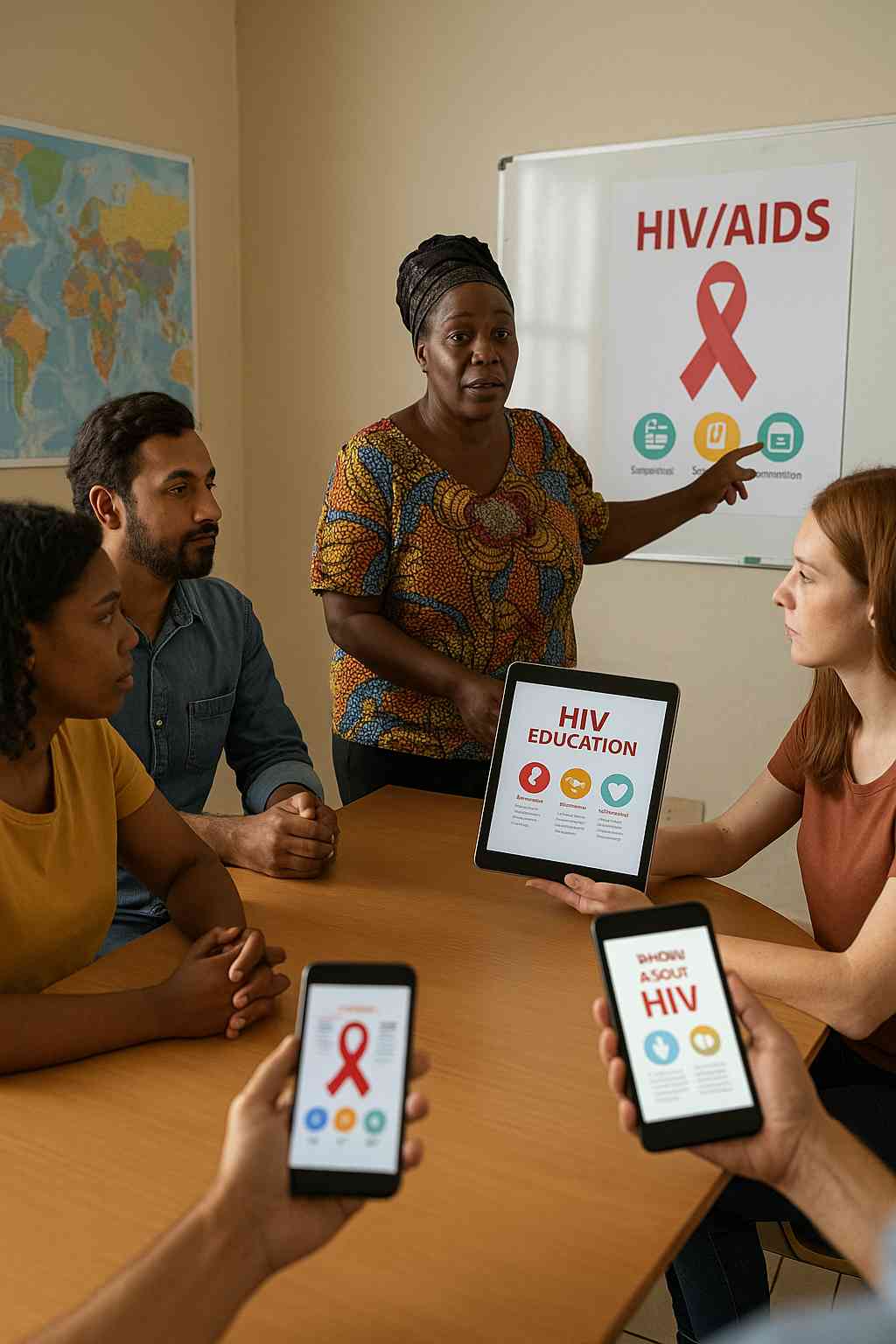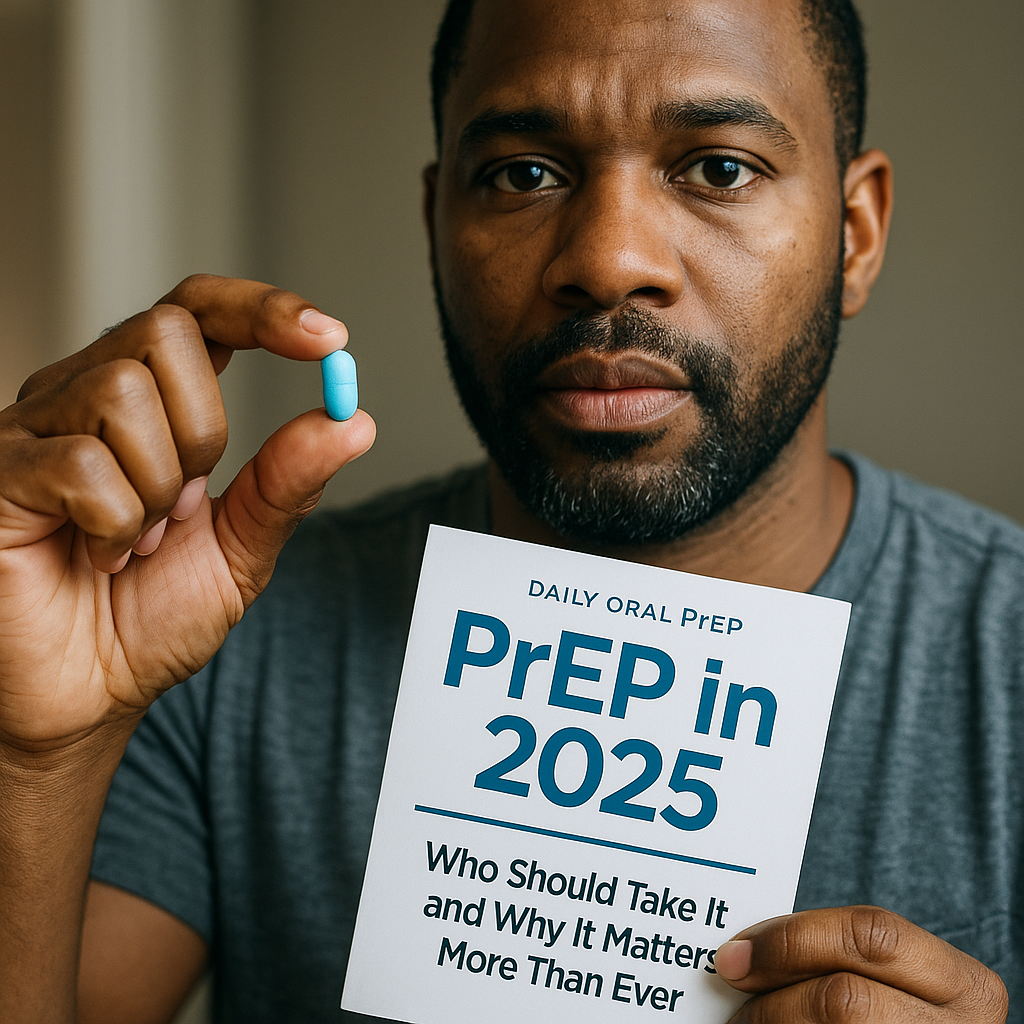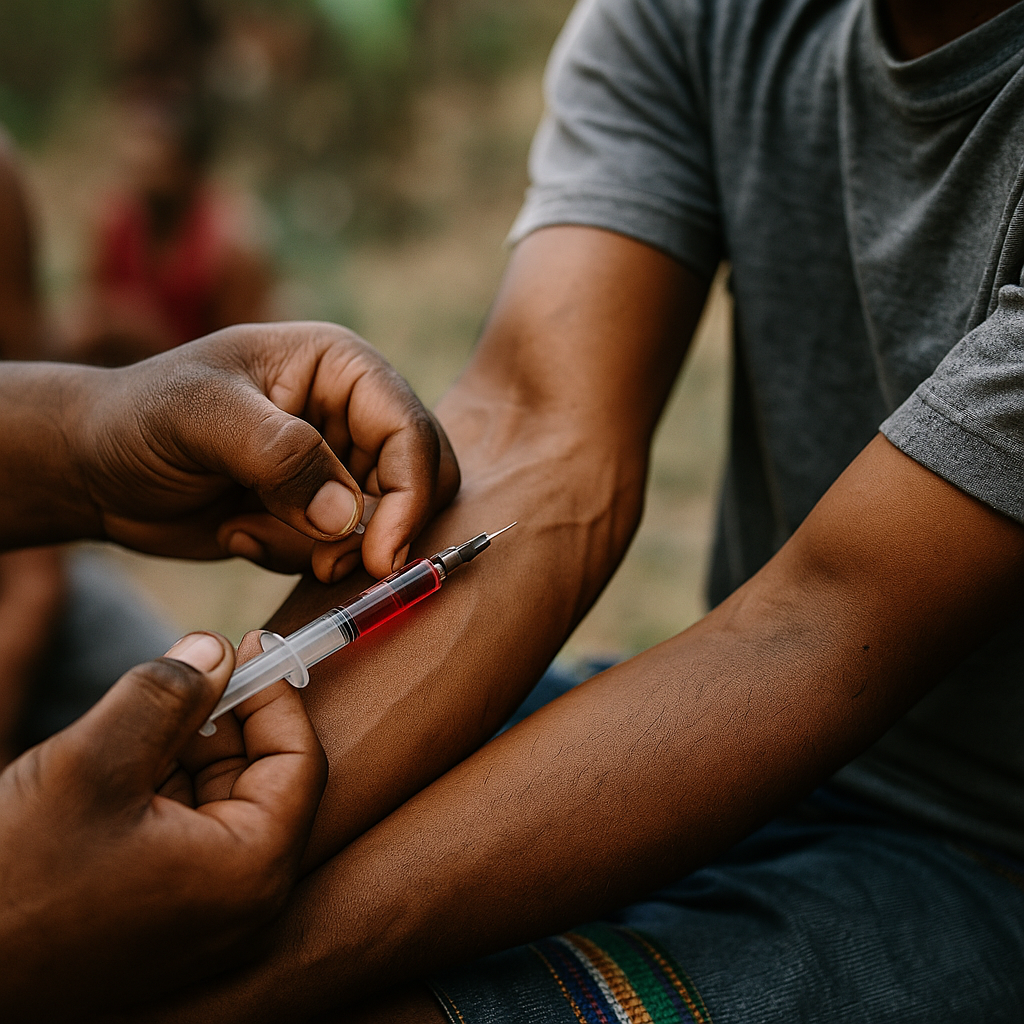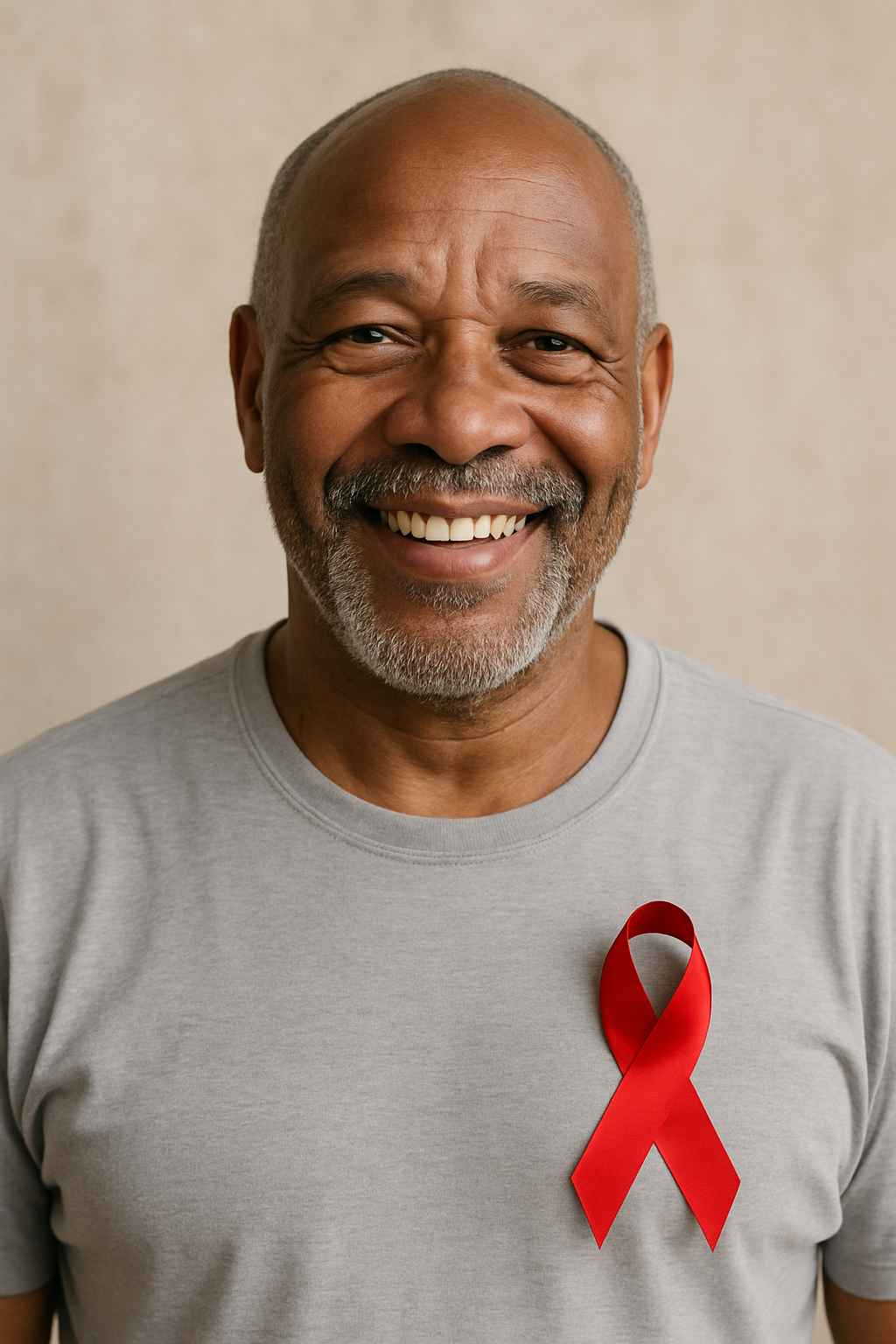Global AIDS Education: Bridging Knowledge and Prevention
What if a classroom could save millions of lives? That’s the power of global AIDS education. In every corner of the world, educating people about HIV/AIDS helps break cycles of stigma, prevent new infections, and connect individuals to lifesaving treatment. While science has made incredible advances in managing HIV, education remains a critical tool in the fight against this global epidemic.
Table of Contents
- The Importance of Global AIDS Education
- How Education Reduces HIV Transmission
- Challenges in Global Awareness Campaigns
- Collaborative Solutions and Global Initiatives
- Conclusion
- FAQs
The Importance of Global AIDS Education
Global AIDS education isn’t just about providing facts—it’s about changing lives. When communities understand how HIV is transmitted, how it can be prevented, and how to support those living with it, stigma and fear begin to fade. Education builds empathy and replaces misinformation with science-based knowledge.
For example, many still believe myths such as contracting HIV through casual contact, which fuels discrimination. Educational programs that target schools, workplaces, and vulnerable populations help correct these misunderstandings. Over time, this leads to more inclusive attitudes and higher testing and treatment rates.
Organizations like Healthcare.pro advocate for education as a human right, ensuring everyone has access to HIV knowledge, regardless of geography or income. Their work highlights how impactful education can be when integrated with healthcare services and community engagement.
How Education Reduces HIV Transmission
Education is one of the most powerful forms of HIV prevention. Comprehensive sex education programs that include HIV information have been proven to delay the onset of sexual activity, reduce the number of sexual partners, and increase condom use. These outcomes are essential in areas where HIV prevalence is high, especially among youth.
In sub-Saharan Africa, where the majority of HIV cases occur, education has made a measurable difference. According to UNAIDS, young people who receive accurate HIV information are more likely to protect themselves. Furthermore, when parents, teachers, and health professionals collaborate on education strategies, they create a ripple effect of awareness that strengthens entire communities.
Mobile apps, online courses, and social media campaigns now complement traditional education, making accurate information more accessible than ever. These tools allow global reach, especially in regions where formal education systems are limited.
Challenges in Global Awareness Campaigns
Despite progress, there are still major barriers to effective global AIDS education. In many areas, cultural taboos prevent open discussion about sex or drug use—both of which are vital to HIV education. Some governments resist comprehensive sex education altogether, fearing it may encourage risky behavior, despite evidence to the contrary.
Language diversity, illiteracy, and lack of digital access also hinder the spread of reliable information. In conflict zones or regions with unstable governments, implementing education programs becomes even more difficult. These challenges underscore the importance of adaptable, community-led approaches.
Funding is another persistent issue. Many education initiatives rely on donations or international aid, which can fluctuate. Long-term investment is necessary for sustained impact, yet few countries allocate consistent resources toward HIV education within their public health systems.
Collaborative Solutions and Global Initiatives
Despite these hurdles, global AIDS education continues to expand through collaboration. International partnerships, such as those led by UNAIDS and the World Health Organization, pool resources and expertise to launch widespread campaigns. These programs emphasize cultural sensitivity, local leadership, and measurable outcomes.
Nonprofits, digital platforms, and grassroots educators play a growing role. Peer education—where individuals from high-risk communities lead training sessions—has shown particular promise. These educators connect with their peers in ways that external professionals often cannot.
Meanwhile, digital advertising platforms like eHealthcare Solutions help amplify the reach of educational content, targeting high-impact audiences with precision. These efforts ensure that key messages reach those who need them most, from urban youth to rural elders.
The long-term goal is clear: equip every individual with the knowledge and tools to prevent HIV and support those living with it. With education, the vision of an AIDS-free generation becomes more attainable.
Conclusion
Global AIDS education is not a one-size-fits-all solution—it’s a dynamic, evolving effort shaped by the needs of communities around the world. By reducing stigma, preventing transmission, and promoting care, education forms the backbone of the global HIV response. With continued investment and innovation, this vital tool can help end the epidemic within our lifetime.
FAQs
What is the goal of global AIDS education?
Its main goal is to increase awareness, reduce stigma, and promote prevention, testing, and treatment of HIV worldwide.
How does HIV education prevent new infections?
It provides individuals with the knowledge and skills to make safer health choices, such as practicing safe sex and avoiding risky behaviors.
Which groups benefit most from AIDS education?
Youth, at-risk populations, healthcare workers, and underserved communities benefit most from targeted educational programs.
What are common barriers to HIV education?
Cultural taboos, lack of funding, misinformation, and limited access to resources are significant barriers.
How can I support global AIDS education efforts?
You can support through donations, volunteering, sharing accurate information, or advocating for inclusive education policies in your community.
This content is not medical advice. For any health issues, always consult a healthcare professional. In an emergency, call 911 or your local emergency services.




